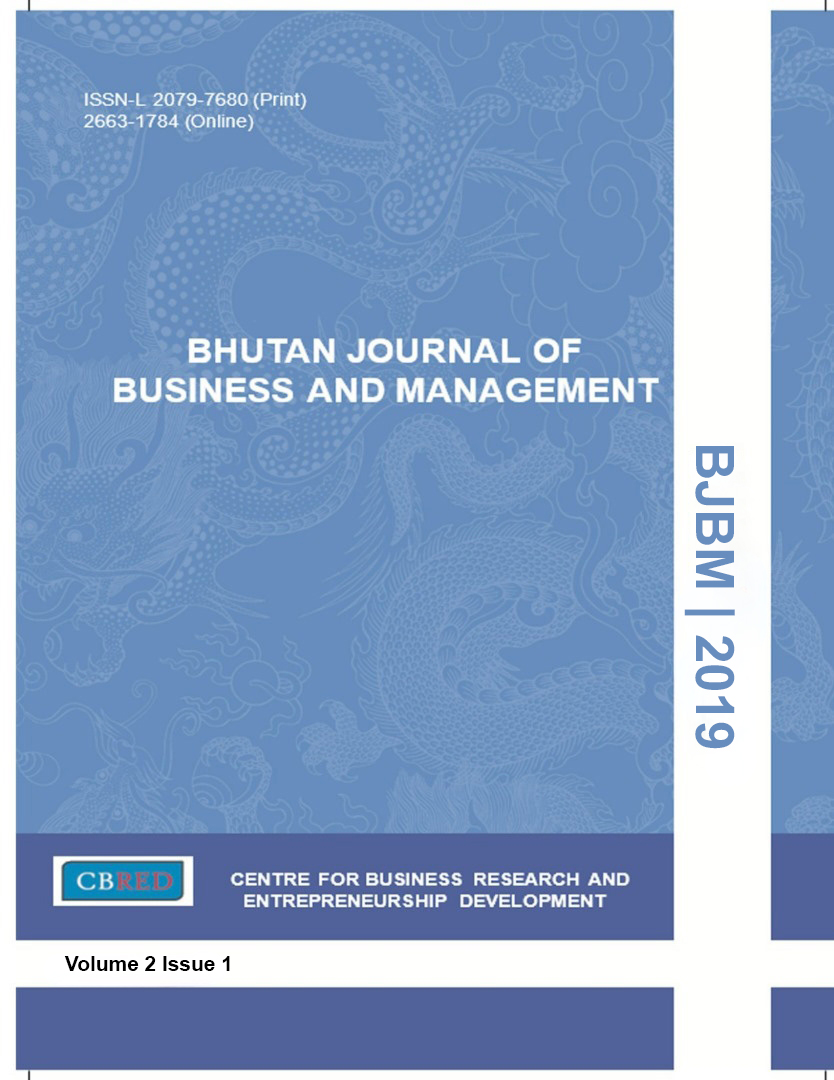Self Help Groups - Imperative for Financial Inclusion in India
DOI:
https://doi.org/10.17102/bjbm.v2.3Keywords:
Financial Inclusion, Self Help Groups, Microfinance, PovertyAbstract
India, in the last couple of decades, has witnessed competent growth in the financial service sector. However, several questions have often been raised for majority of impoverished population that is excluded from formal financial system. The exclusion is very high in which one of the surveys shows that 59 percent of the rural household do not have deposit account and 79 percent of the rural households are outside the purview of credit from formal sources. The degree of such vast financial exclusion raise questions towards the Financial Inclusion Policies (FIPs) of the government and demands new mechanism and interventions to address the same. The Self – Help Groups (SHGs) in the recent past have been found as an effective tool to streamline poor with formal financial system. The present study, therefore, is a micro attempt where the current scenario of Financial Inclusion (FI) and the role of SHGs on the promotion of FI in India have been studied. The secondary data from NABARD, RBI, government departments, journals and websites form the sources of the study. The percentages and Linear Growth Rate (LGR) of different financial variables have been calculated to draw proper inferences. The study at the end infers that SHGs play pivotal role in bridging the hiatus between poor and financial institutions. The SHG Bank Linkage (SBLP) programme has been effective for streamlining poor with formal financial system. Over the years, the number of savings and credit linked SHGs have been increased. With the increased number of SHGs, the volume of loan outstanding and savings bank balance have also been increased. Besides, the roadmap prepared by the RBI for providing banking outlets in unbanked villages and preparation and implementation of board approved FIPs have been found significant for FI.






